Located in the capital city of Malta, Valletta, the Palace Armory is one of the world’s largest collections of arms and armor dating back to the 17th and 18th century, the time of the Knights of St John. It is still housed in its original building (the Grandmaster’s Palace) which served as the Order’s military headquarters and an administrative center for more than 200 years.
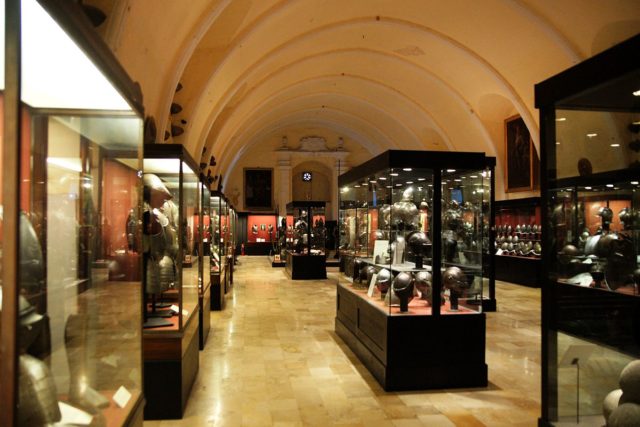
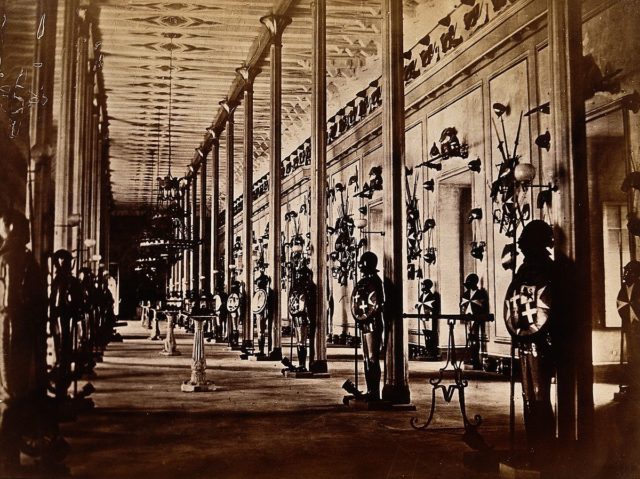
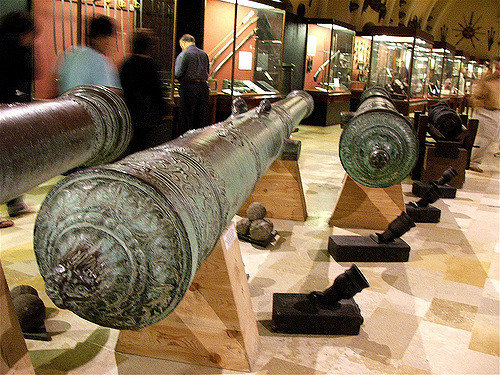
In 1604, the Grand Master Alof de Wignacourt (1601-22) transferred the Order’s main arsenal to the palace in a large hall at the rear of the building and at the time, the arsenal contained enough arms and armor to equip thousands of soldiers. However, during the French occupation of Malta in 1798 and the early years of British rule, a considerable percentage of the armory was lost.
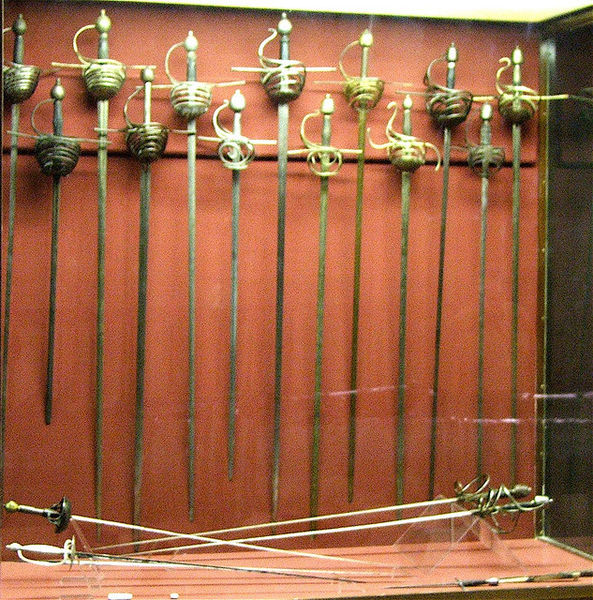
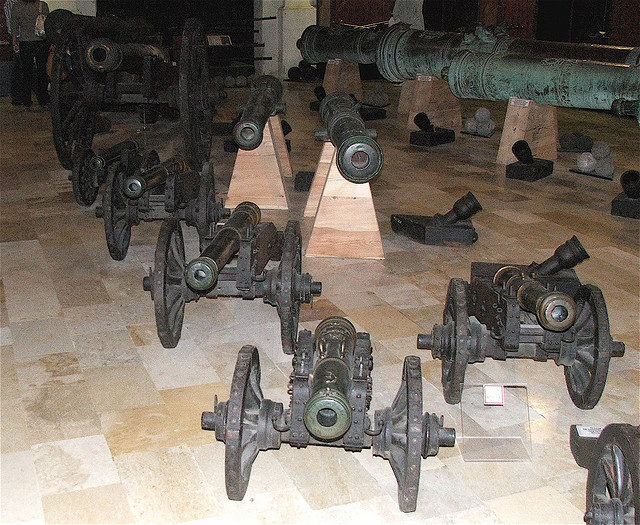
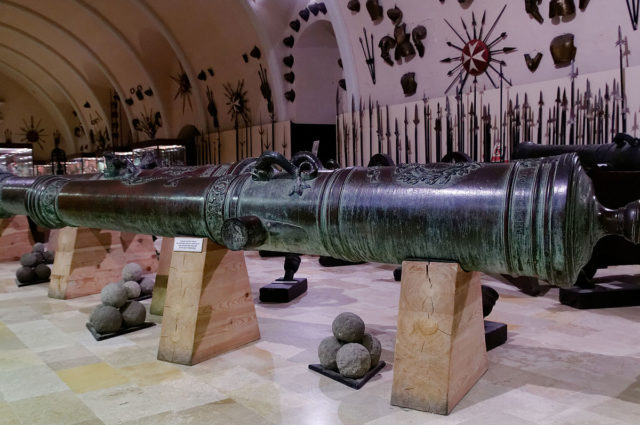
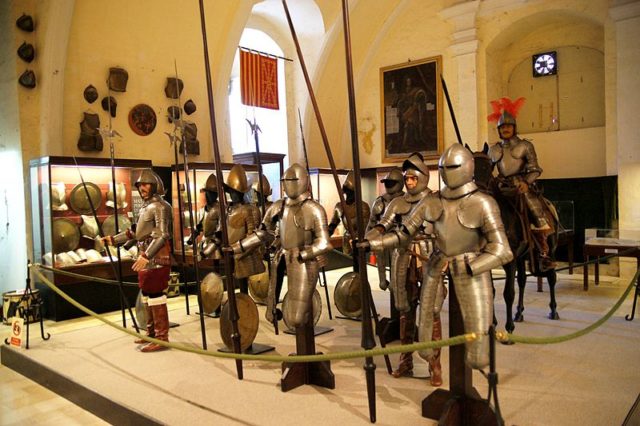
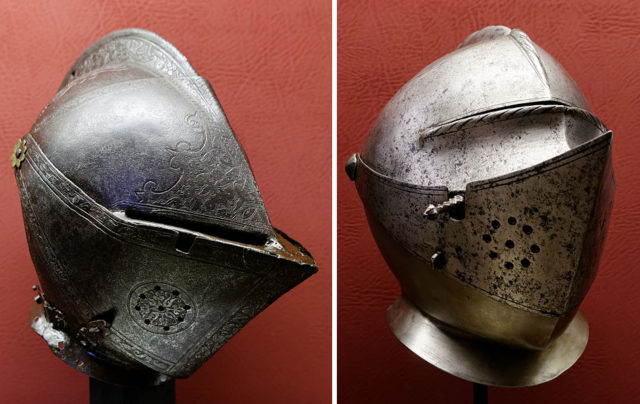
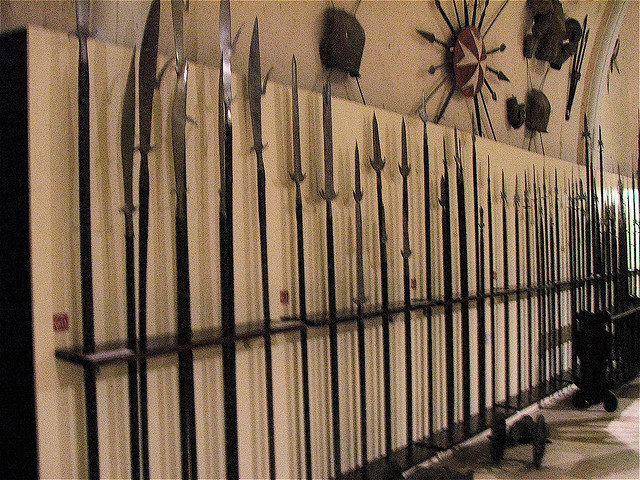
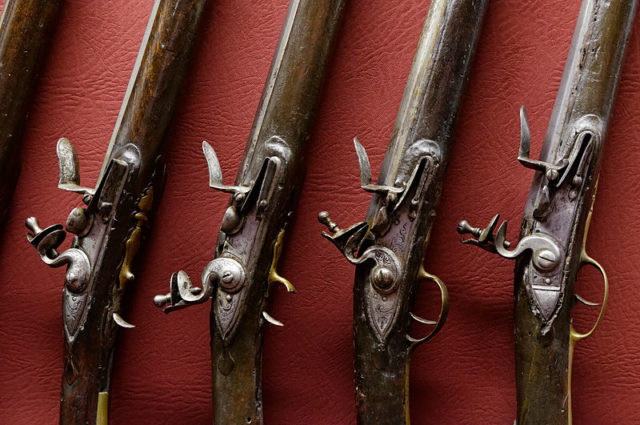
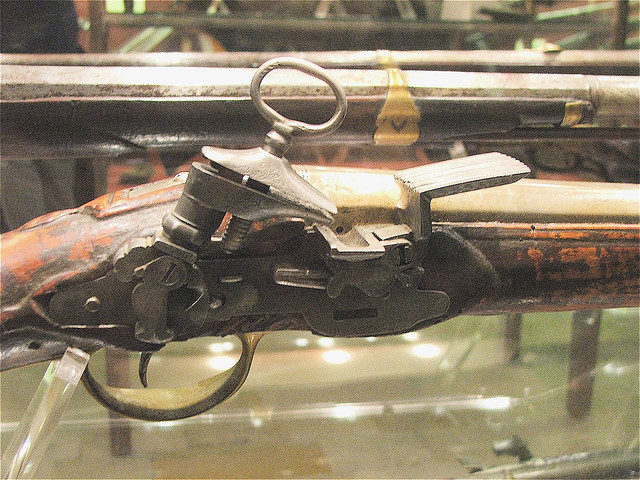
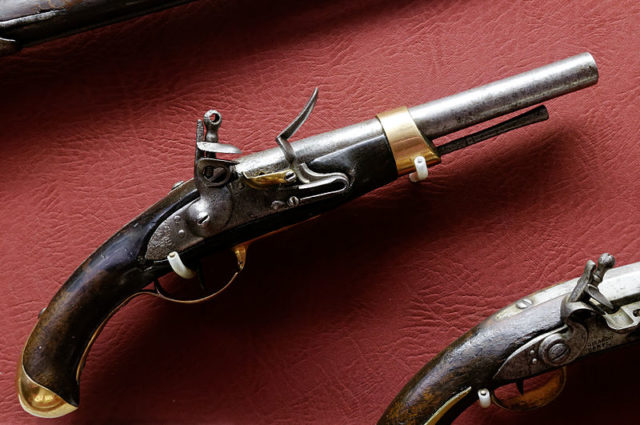
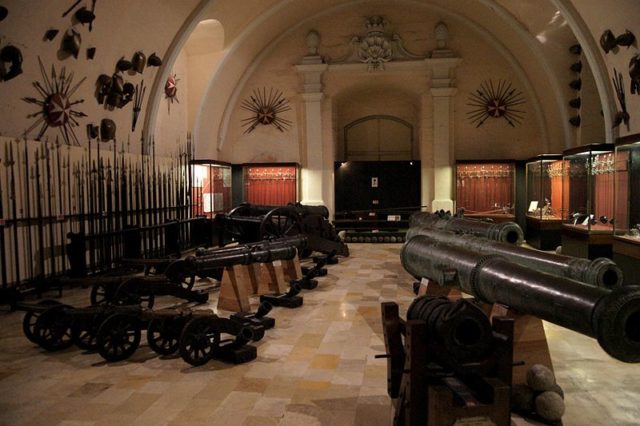
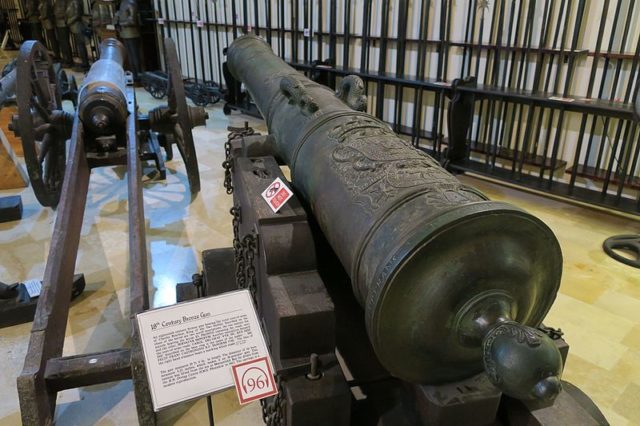
At the beginning of the 20th Century, the Governor of Malta, Lord Grenfel, assigned the King’s Armourer Sir Francis Laking to properly classify, catalog and rearrange the remaining pieces. Today, the collection includes a large number of arms and armour used by the Knights of St. John between 1530 -1798 and captured weapons used by the Ottomans during the Great Siege of Malta in 1565, when Grandmaster Jean Parisot de la Valette led the Knights in a bloody battle against an armada of around 40,000 Turks.
Among the more notable pieces in the collection, there are several personal armors owned by Grand Masters Alof de Wignacourt, Martin Garzez, and Jean-Jacques de Verdelin.
In 1975, the entire collection of 5,721 pieces was moved to the building’s ground floor, where it’s today. According to many experts from major museums, it is one of the most valuable historical monuments of European culture.
